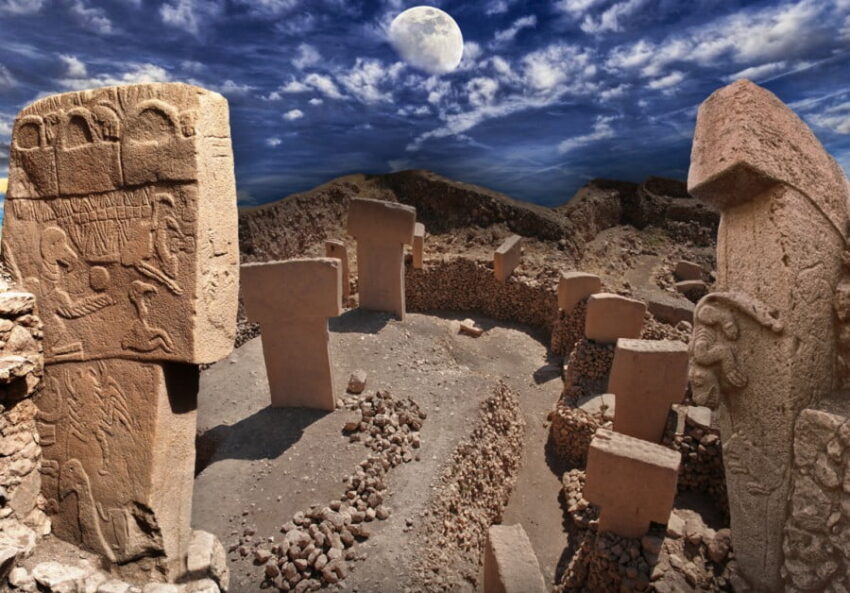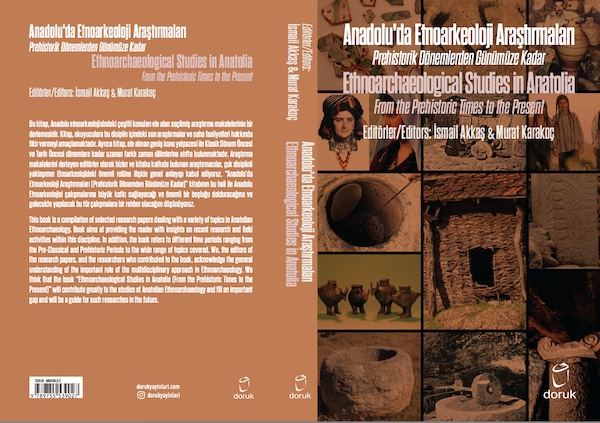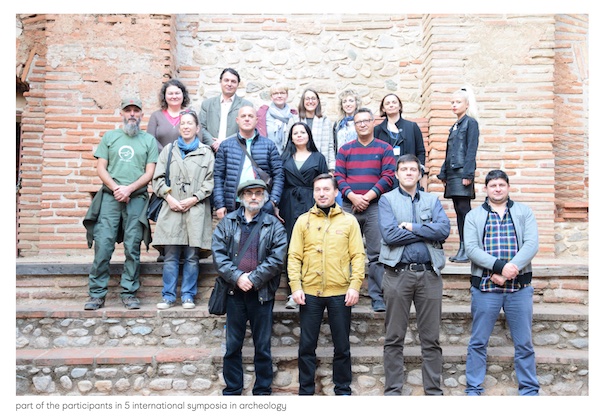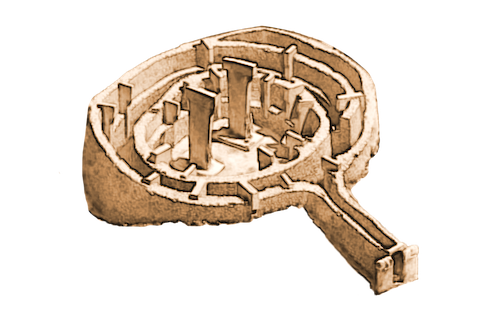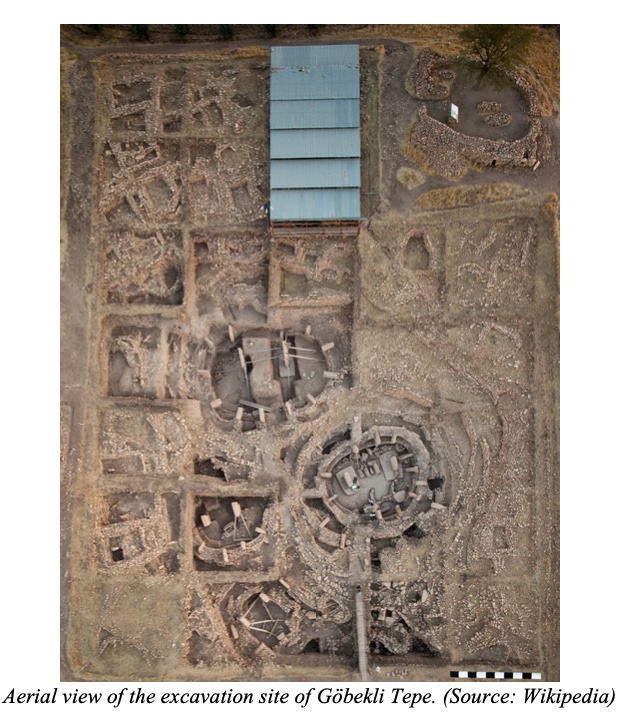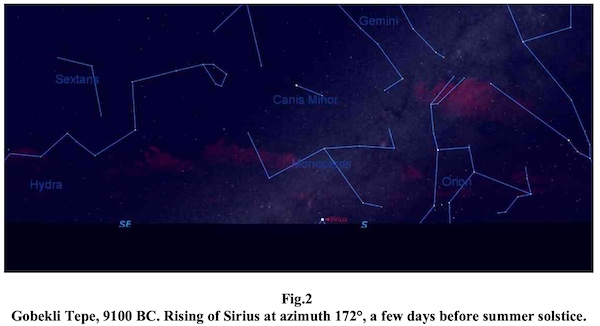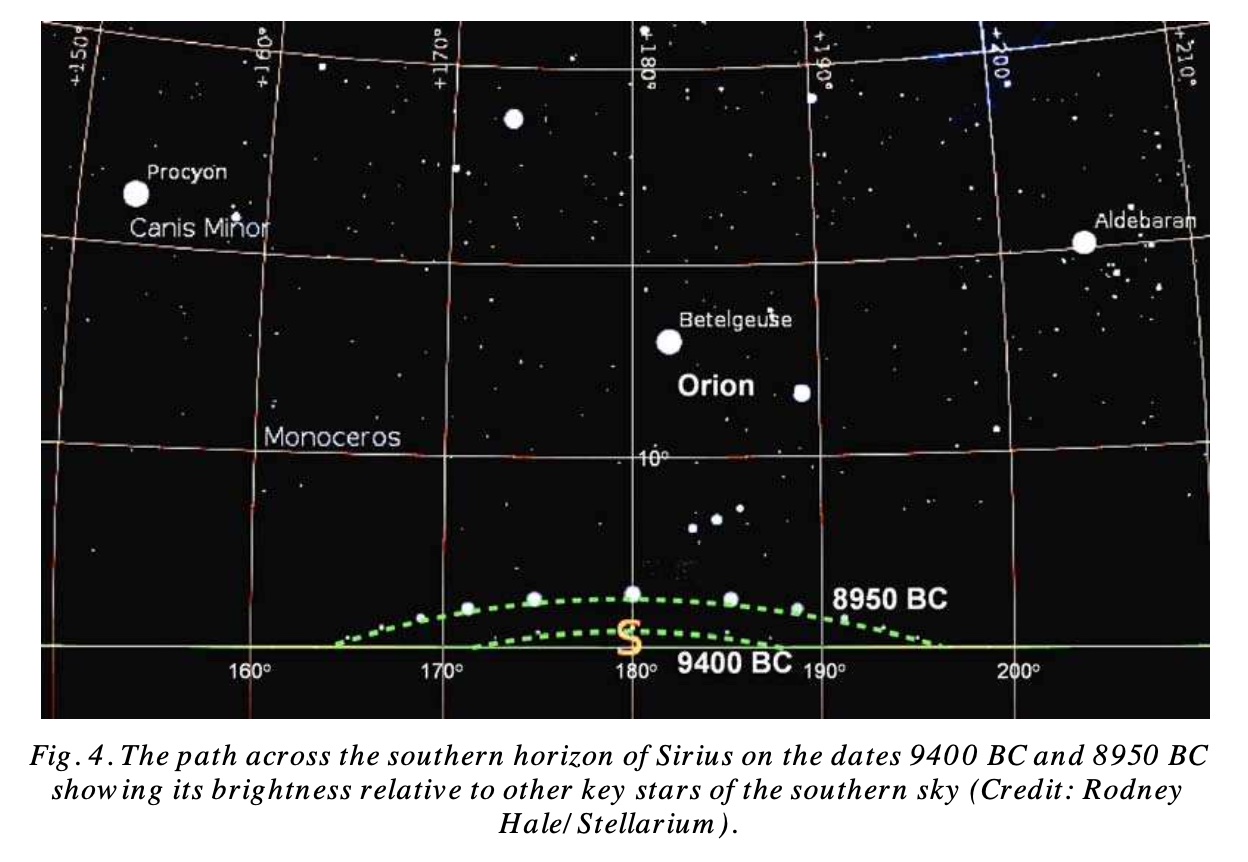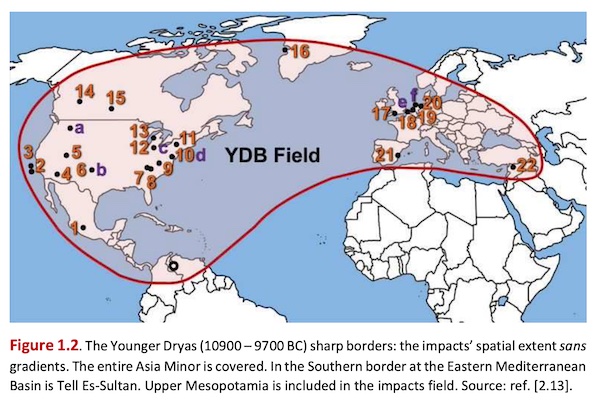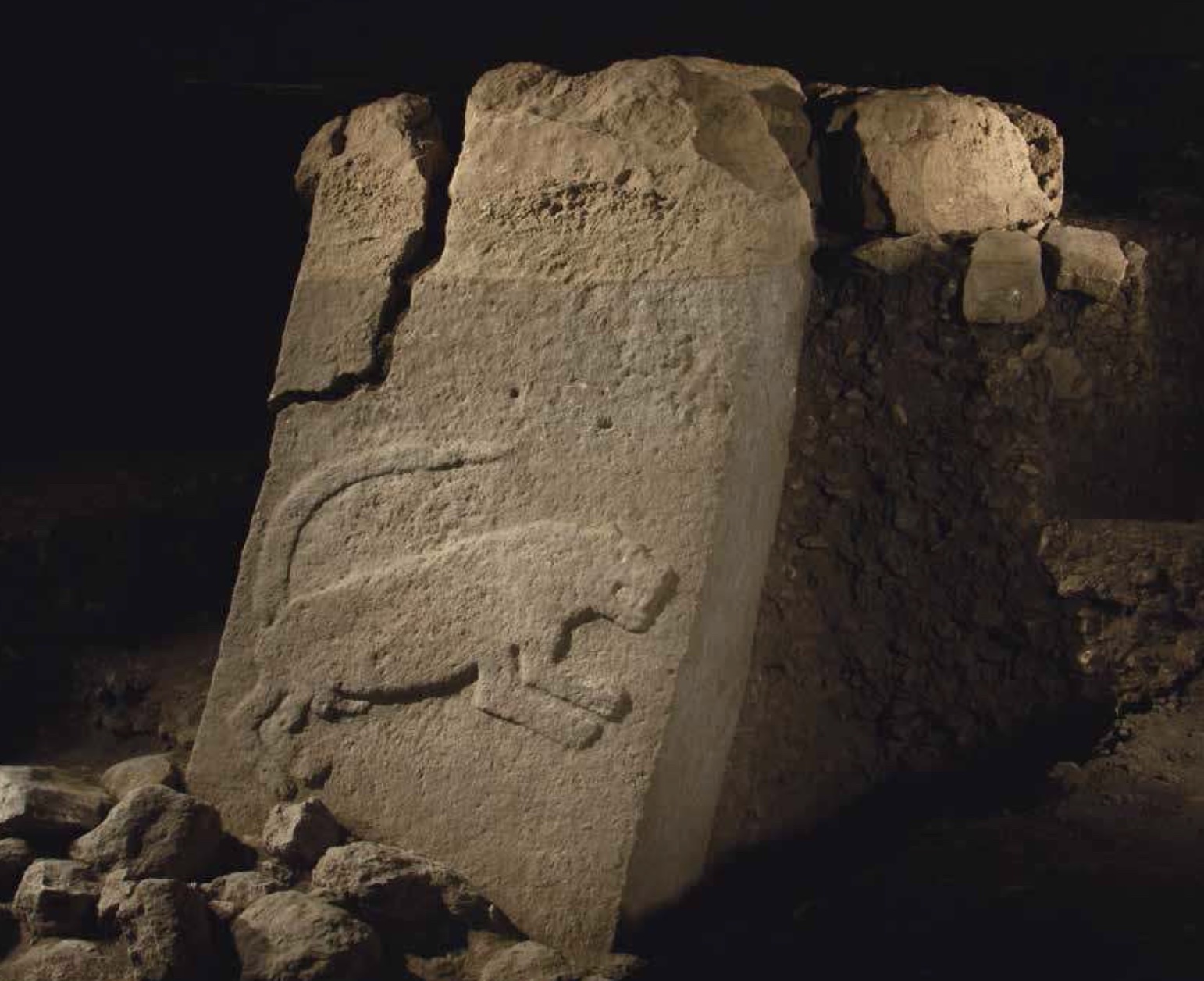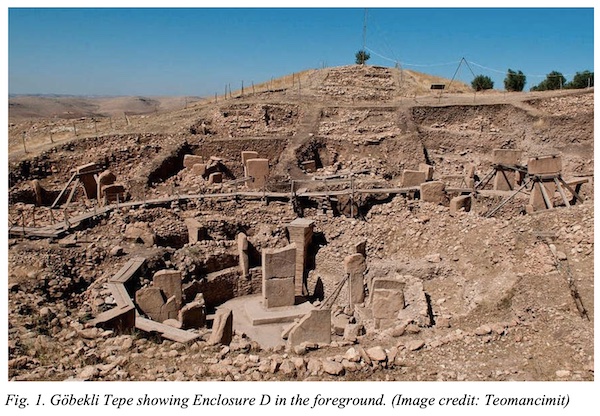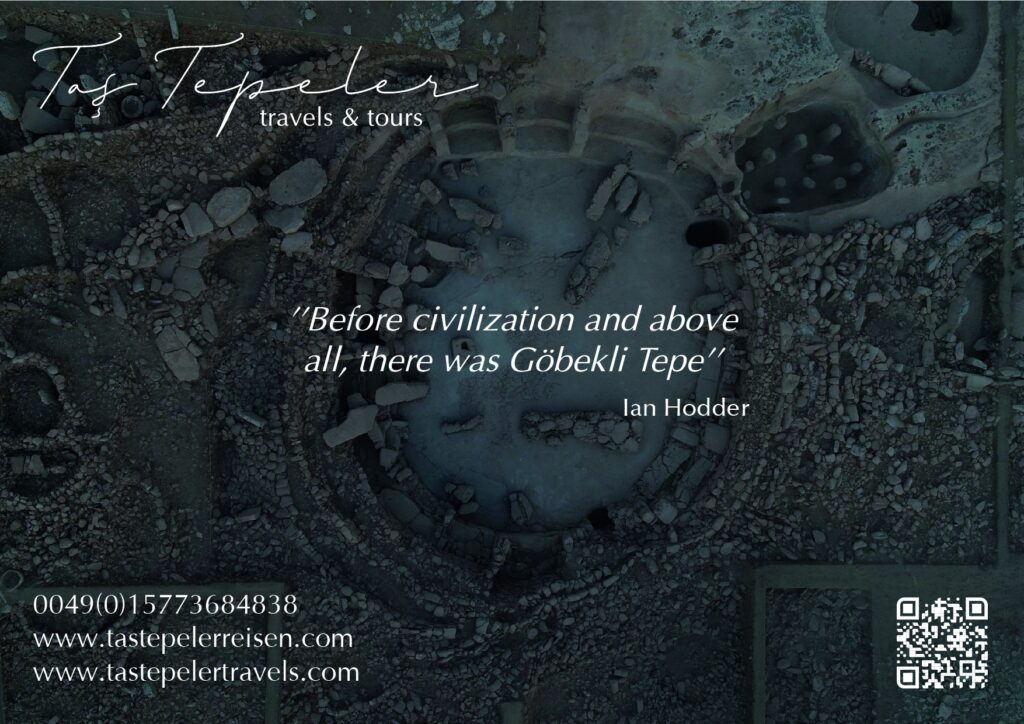Old Wine in New Skins
The Meaning of the Twin Pillars of Göbekli Tepe The purpose of this paper is to identify the bas-relief pictograms at the necks of the paired central pillars of Enclosure D of Göbekli Tepe and explain their symbolism. To do so is to reveal the underlying meaning of the entire enterprise there. The site can be understood as an act of devotion to the divine pair, the mother and the bull, the figures that lay at the core of the religions of Mesopotamia and the eastern Mediterranean up through classical antiquity. Although these figures at Göbekli Tepe stand on their own, their significance is best understood within the context
Read More

